Politics
New “superglue” brings hope to cancer patients
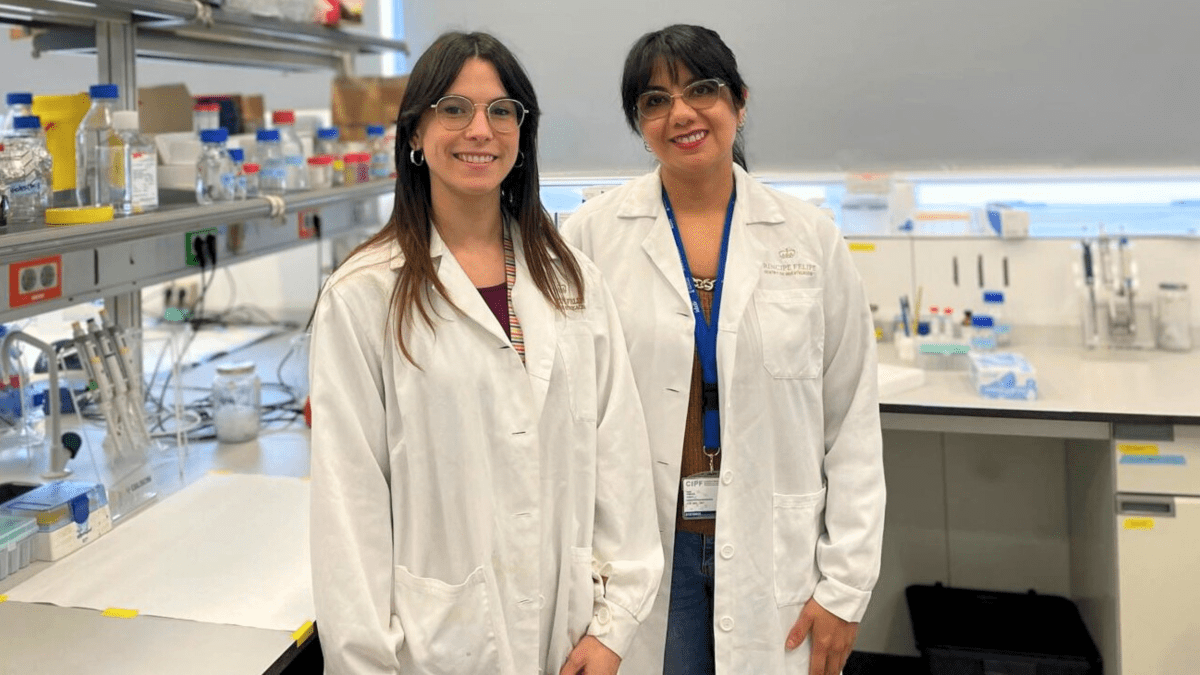
We all know someone touched by cancer. And although science is all about facts and evidence, it can also be about our personal stories and emotions.
Erika Pineda Ramírez lost her dad to cancer. Alba García-Fernández lost her grandmother and aunt, also to cancer. They are now doing research with the goal of finding more effective treatments for cancer patients.
In 2024, Alba and Erika started working on NanoGlue, a new approach to help the immune system fight cancer more effectively. Their project is funded by the Marie Skłodowska-Curie Actions (MSCA), through the ARISTOS Postdoctoral Program in Biomedicine and Health Sciences and it is developed at CIBER-BBN, Centro de Investigación Principe Felipe, and Universitat Politècnica de València.
To mark World Cancer Day, they joined our European Research Executive Agency colleague and breast cancer survivor, Sofia Pereira Sá, for a conversation on the cancer cells’ ability to hide from the immune system, the heavy side effects of treatments and the hope NanoGlue can bring to millions of patients.
More effective treatments with less heavy side effects
Sofia Pereira Sá: Let’s first talk about your MSCA-funded project. What is NanoGlue and what can its results and findings mean for patients like me?
Alba García-Fernández: Our ultimate goal is to provide more effective treatments with less side effects to improve patients’ quality of life. We do this by designing new nanoparticles and then activate the immune system of the patients to attack the tumour.
This kind of immunotherapy would be more effective and would help avoid and limit undesirable side effects, that we see with current treatments.
Erika Pineda Ramirez: We also want to study the interaction between the cancer cells and the immune cells in a metabolic level. We would then be able to propose novel and more efficient therapies.
Recent reports in Spanish news outlets have referred to the NanoGlue innovative treatment as a “superglue” for triple negative breast cancer, a notoriously aggressive form of the disease.
Sofia: Can the project’s approach have broader applications, benefiting patients with other types of cancer?
Erika: First, I want to explain why we called it a “superglue”; it is because our nanoparticles will enhance the immune system’s ability to detect and respond to cancer, helping the body to attack the cancer and kill it.
Alba: The nanoparticles are a versatile platform, and we can select and modify them depending on our needs. We chose to test it with triple negative breast cancer because it represents a major health challenge. It’s a good starting point for validating our nanoparticles.
Sofia: How are you combining different scientific areas and how can that be crucial to achieve better scientific results?
Erika: We work with experts in nanotechnology, biotechnology, biology, metabolomics, and oncology. Having all these people with different expertise helps us see the problems from different angles and find better solutions.
The future of cancer research – a patient’s perspective
Erika: What was the biggest challenge for you as a patient?
Sofia: The side effects played a big role when it came to my physical and mental wellbeing. Especially because all these side effects prevented me from being the mum I wanted to be for my one and half-year-old son. I couldn’t play with him, I couldn’t bathe him, I couldn’t take him to school. This was the hardest part of the whole treatment. It was heartbreaking.
My diagnosis was made in summer 2023 and after 20 rounds of chemotherapy I still feel some side effects, such as the so called “chemo brain”. I’d love to see therapies advance in a way that gives patients a better quality of life.
Erika: Besides reducing side effects, what do you think researchers should be aware of doing cancer research?
Sofia: Being only 34 years old and seeing the chemotherapy medication going into my bloodstream and knowing that I was somehow “poisoning” myself to get treated was a very traumatic experience. Thankfully, you and other cancer researchers are already tackling that by trying to find more targeted therapies.
A second thing I think is important is fertility. More and more young women are being diagnosed with hormonal breast cancer exactly when they are planning to have children. I wish researchers could find a way to preserve breast cancer patients’ possibilities of still becoming mothers.
The future of cancer research – a scientist’s perspective
Sofia: What do you think cancer researchers will be focusing on in the next years?
Alba: My immediate thought is personalised medicines for both treatment and diagnosis.
Erika: I totally agree with Alba – personalised medicine is the future but also having more multidisciplinary because we need expertise from different areas.
Sofia: What is your experience with EU funding, and how do you think it will be relevant for your work on NanoGlue?
Alba: I have had previous experience with EU funding, as I was part of a project funded by the EIC Pathfinder programme for cancer therapy. It is thanks to EU funding that us researchers can work on innovative ideas like this and explore different paths. I believe NanoGlue is a next level initiative for our future.
Erika: EU funding helps us take ideas and turn them into actions. I wanted to do cancer research for years, but in Mexico, my home country, I didn’t have much support to do it. The MSCA funding gave me this great opportunity of working in this field with top researchers, and to use equipment I didn’t have the opportunity to use before. For me, it was a dream come true.
Discover more
Check out what the European Commission is doing to improving the lives of more than 3 million people by 2030 through cancer prevention and cure – EU Mission: Cancer. For more MSCA news and funding opportunities, visit out our dedicated page.
Curious to find out more about Alba and Erika’s research? You can check out ARISTOS’s website and follow them on social media:
Alba García-Fernández: LinkedIn
Erika Pineda Ramírez: LinkedIn, X
ARISTOS Program: LinkedIn, X
Politics
9/2025 : 3 February 2025 – Order of the General Court in case T-1126/23
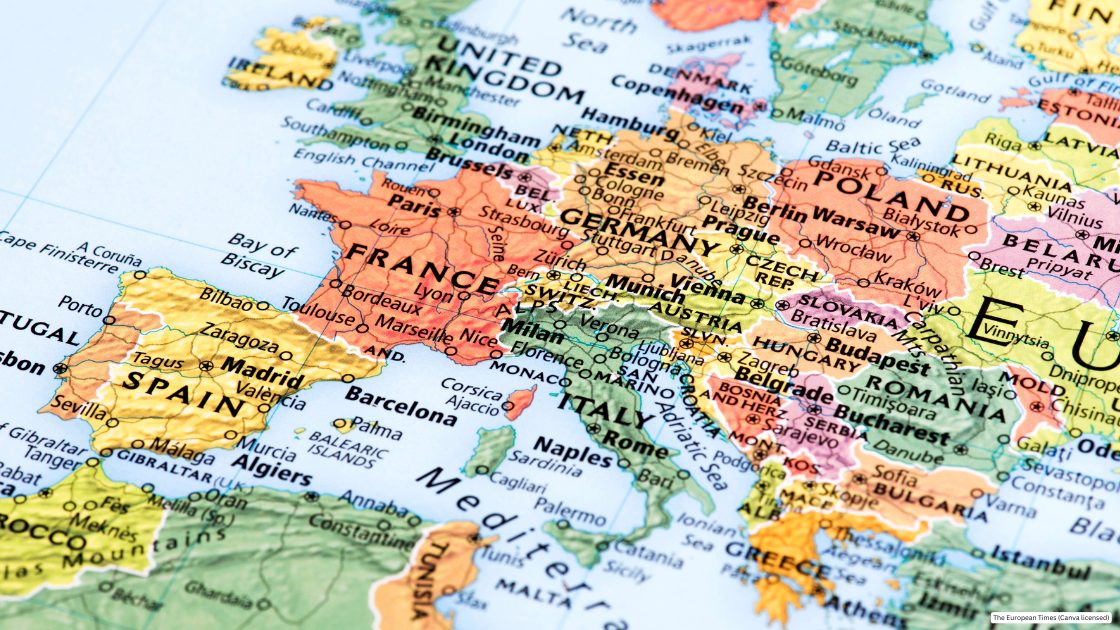

© FRVS+MPCP 2022. The European Times® News is registered as an EU Trademark. All rights reserved. The European Times® and the logo of The European Times® are EU trademarks registered by FRVS+MPCP.
Members/Partners of

About Us
Popular Category
DISCLAIMER OPINIONS: The opinions of the authors or reproduced in the articles are the ones of those stating them and it is their own responsibility. Should you find any incorrections you can always contact the newsdesk to seek a correction or right of replay.
DISCLAIMER TRANSLATIONS: All articles in this site are published in English. The translated versions are done through an automated process known as neural translations. If in doubt, always refer to the original article. Thank you for understanding.
DISCLAIMER PHOTOS: We mostly used photos images that are readily available online, from free sources, or from the people promoting the news. If by any chance it happens that we have used one of your copyrighted photos, please do not hesitate to contact us and we will take it down without question. We do not make profits as this is a not for profit project to give voice to the voiceless while giving them a platform to be informed also of general news, and it is completely free.
Editor Picks
Politics
Remarks by President António Costa ahead of the Informal EU leaders’ retreat.
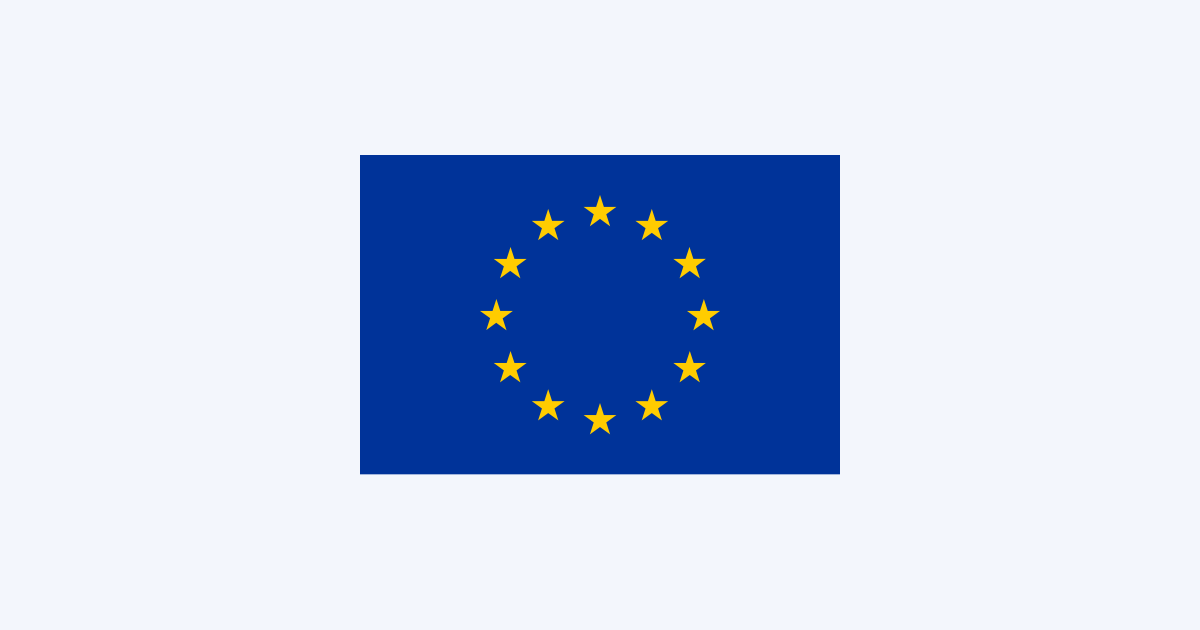
DISCLAIMER OPINIONS: The opinions of the authors or reproduced in the articles are the ones of those stating them and it is their own responsibility. Should you find any incorrections you can always contact the newsdesk to seek a correction or right of replay.
DISCLAIMER TRANSLATIONS: All articles in this site are published in English. The translated versions are done through an automated process known as neural translations. If in doubt, always refer to the original article. Thank you for understanding.
DISCLAIMER PHOTOS: We mostly used photos images that are readily available online, from free sources, or from the people promoting the news. If by any chance it happens that we have used one of your copyrighted photos, please do not hesitate to contact us and we will take it down without question. We do not make profits as this is a not for profit project to give voice to the voiceless while giving them a platform to be informed also of general news, and it is completely free.
Politics
From collaborative R&I to scaled up impact in waterborne: building on EU research excellence
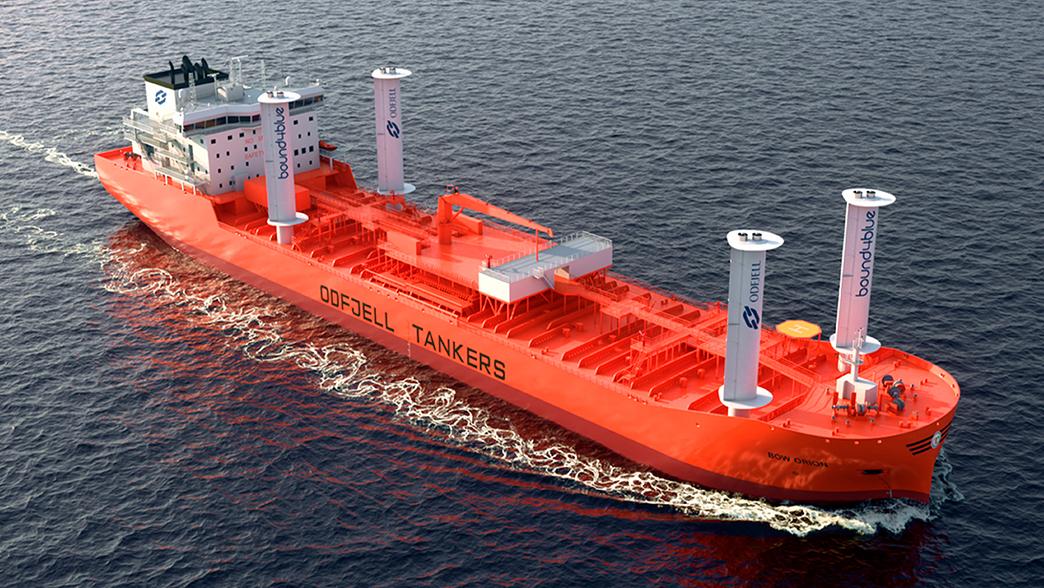
The European Union’s commitment to collaborative research and innovation is making its mark.
Technologies developed through Horizon 2020 and Horizon Europe programmes are now scaling up with support from the Innovation Fund, ensuring Europe leads the way in tackling climate challenges and laying the foundation for a greener, more sustainable future.
Transformative waterborne projects supported by EU R&I
-
SUSTAINSEA – Reducing maritime transport CO2 emissions using wind
Spanish startup Bound 4 Blue, incubated by the European Space Agency and supported by the EIT Climate-KIC Accelerator programme, developed wind-assisted propulsion systems to reduce greenhouse gas emissions in maritime transport. The company secured further funding through Horizon Europe, including participation in the collaborative research project RETROFIT55, which advanced wind-assisted ship propulsion, and the ZHENIT project, focusing on wingsail propulsion for zero-waste heat vessels. The company is also involved in the SeaStars project, which demonstrates greenhouse gas emissions reduction and energy efficiency improvements across eight market-ready vessel designs. In addition, it is also participating in the TwinShip project, which aims to accelerate the maritime industry’s digital and environmental transformation toward achieving net-zero emissions by 2045. The wind-assisted propulsion technology is now being deployed in five large cargo vessels under the Innovation Fund-supported SUSTAINSEA project. This initiative will help reduce emissions by up to 91% while lowering dependence on fossil fuels.
2. SOL – Sugar Oil as sustainable marine fueLs
Vertoro BV, a pioneer in sustainable biofuels, created a fuel called Crude Sugar Oil (CSO™) using cellulose. In its journey the company was supported by various EU research programmes in the following three collaborative research projects. Under Horizon 2020, the IDEALFUEL project studied how lignin, a byproduct of biomass, could be converted into renewable bio-HFO fuel for use in maritime fleets. The EHLCATHOL project worked on innovative methods to transform lignin waste into high-quality liquid fuels. Under Horizon Europe, the CARBIOW project explored advanced approaches to utilizing bioenergy sources for fuel production. These projects have contributed to a broader understanding of renewable fuel technologies. Today, with Innovation Fund backing, the SOL project is validating and scaling this fuel for use in shipping, achieving more than an 80% reduction in greenhouse gas emissions compared to traditional fuels.
3. GREENMOTRIL – Development and operation of a GREEN energy community in the port of MOTRIL
Cuerva is an energy company playing a key role in advancing smart renewable energy solutions with the support of several EU-funded programs by participating in the following five collaborative research projects. Through Horizon 2020, the SYNERGY project developed a Big Energy Data Platform and AI Analytics Marketplace, while the BEYOND project worked on a data management platform with advanced AI tools. Under Horizon Europe, Cuerva continued exploring energy innovation with the COCOON project, which focuses on creating adaptive cyber-physical protection strategies, and the ODEON project, introducing a federated framework for transforming the energy landscape. Additionally, the TwinEU project is delivering a digital replica of energy infrastructure, further supporting smart energy management.
These diverse projects set the stage for GREENMOTRIL, funded by the Innovation Fund, which is transforming the Port of Motril into Europe’s first off-grid seaport powered entirely by renewable energy.
4. IRIS – Innovative low caRbon hydrogen and methanol productIon by large Scale carbon capture
Motor Oil (Hellas) has been actively engaged in driving innovation in carbon capture and sustainable fuels, supported by EU funding in the following four collaborative research projects. Under Horizon 2020, the CARMOF project focused on developing a new, efficient process for CO₂ capture. Following this, Horizon Europe funded the AURORA project, which accelerated the deployment of integrated carbon capture, utilization, and storage (CCUS) chains using solvent-based technology. In 2023, the COREU project worked on establishing open-access networks to connect CO₂ emitters with storage sites, while the SAFeCRAFT project showcased the safety and efficiency of sustainable alternative fuels for maritime transport. These efforts paved the way for the IRIS project, now supported by the Innovation Fund. This initiative is scaling up carbon capture at an industrial facility in Greece, with plans to produce 10,000 tonnes of e-methanol annually for use as an energy carrier in mobility and industrial applications.
These projects demonstrate the tangible impact of EU research investments in creating meaningful change. The collaborative research parts of Horizon 2020 and Horizon Europe have built a bridge from innovative ideas to large-scale action. From clean fuels to off-grid ports, these solutions tackle some of today’s toughest environmental challenges.
READ MORE
DG Research and Innovation: Waterborne Transport Research
CORDIS Synergies Results Pack on Waterborne Transport for a Greener Future
-

 Sports6 days ago
Sports6 days agoLight-laser and firecracker throwing: maxi penalty for Napoli
-
Travel6 days ago
Bare feet, obscene t-shirts and body art: Watch out for these dress code violations on flights
-

 Sports4 days ago
Sports4 days agoEuropa League 2024-2025, Roma-Eintracht Frankfurt, the likely lineups
-
Travel6 days ago
Book your summer holiday now to beat rising package holiday prices, expert warns
-

 EU & the World5 days ago
EU & the World5 days agoWhy Did Rachael Kirkconnell & Matt James Break Up?
-

 Sports3 days ago
Sports3 days agoSerie A 2024-2025: Parma-Lecce, the likely lineups
-
Travel5 days ago
London to New York in 3.5 hours: How Boom Supersonic is learning from Concorde’s mistakes
-
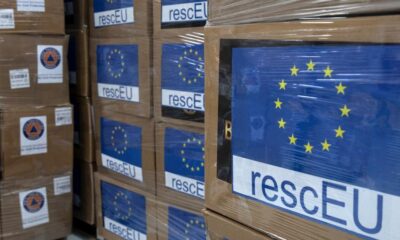
 Politics4 days ago
Politics4 days agoEU sends emergency energy assistance to Ireland following storm Éowyn








